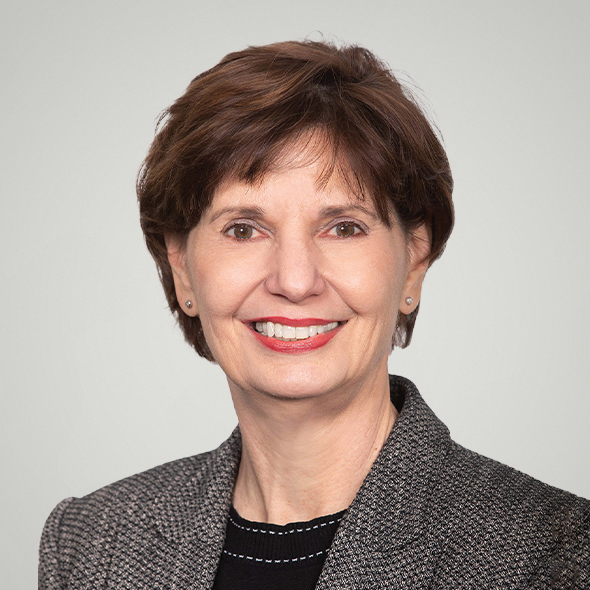“Several board members, who are friends outside the boardroom, bring their allegiance into the boardroom. Together, they sometimes try to convince others to agree with their bloc viewpoint. It’s hurting the board dynamic and the decision-making process. How can the chair and other board members deal with this issue?”
Not all board work happens in board meetings. Offline conversations will occur. However, when board members interact in social settings outside the boardroom, they must draw a line between the strength of personal relationships versus bonds that could result in a boardroom faction.
How can the chair and other board members deal with potential factions?
Consider the context — behaviour is a result of both personality and environment. As humans, we tend to underrate the impact of the social environment on behaviour. Elements of the board social environment — including board size, method of appointment and organisation type — all impact on the strength and quality of relationships.
The strength of relationships among board members can be uneven — everything from having worked together on other boards to not knowing each other at all. Perceived status or recognition as an expert have an impact. The result is differing levels of access to information, different views of what information is important and varying interpretations of available information. Issues can be difficult to resolve if the relevant information is not known to all in the group. Information-seeking and sharing are critical to effective decision- making. Agreed guidelines for maintaining a positive environment for accessing information should include:
Establish rules of engagement
The board charter should clearly outline the rules for any contact between directors. It should include a code of conduct covering issues such as conflicts of interest, confidentiality, transparency of offline conversations and solidarity with board decisions.
Maintain inclusive behaviour
Stay neutral, be patient. Building a positive environment takes time. Think about all interaction points among directors, not just formal meetings. Who is included in committee meetings, email exchanges, phone calls and social gatherings prior to board meetings needs to be carefully considered.
What happens outside of board meetings should be as transparent as what happens inside. The same should apply in any offline conversation, so no-one feels games are being played.
Create common ground
At the start of any meeting, make sure everyone is up to speed — explain why this is necessary — as information disparities can create different assumptions about an issue and its solutions.
Three tools to build a positive, inclusive environment
1. Review adherence to board charter
A good question for a chair to ask at the beginning of each meeting is, “Have any members of the board met with each other, with members of the business or key stakeholders since our last meeting? What was discussed and were there any conclusions?”
Encourage introspection. At the end of each meeting, ask directors to share their impressions of the meeting, whether agreed standards were met and if improvements could be made.
2. As chair, interact regularly with directors
Do this before meetings to solicit views on key agenda items. Call every director once a month to discuss the upcoming agenda. Remind them they are an important part of a team. During meetings, ensure equal amounts of speaking up. Agree upfront that no director will take the floor a second time until everyone has expressed a view.
3. Use open questions to expose assumptions and generate additional options
Keep the conversation open and positive. Steer clear of “why” questions, which can promote a defensive position. Use questions like, “How would that work? Are there other options? Have we missed anything?” Another tactic is to appoint a different devil’s advocate for each meeting.
Conclusion
Every chair and director should be aware of the conversations going on, take steps to keep them constructive and ensure everyone has all the critical information. Every board member should use conversations, in and out of meetings, to promote better understanding so they don’t facilitate coalitions that produce poor decisions.
This article first appeared under the headline 'The Fix’ in the March 2024 issue of Company Director magazine.
Dr Melinda Muth FAICD is chair of Australian Scholarships Ltd, practice director at Peakstone Global, a board member at Harvard Club of Australia and an AICD facilitator.
Latest news
Already a member?
Login to view this content



.jpg)